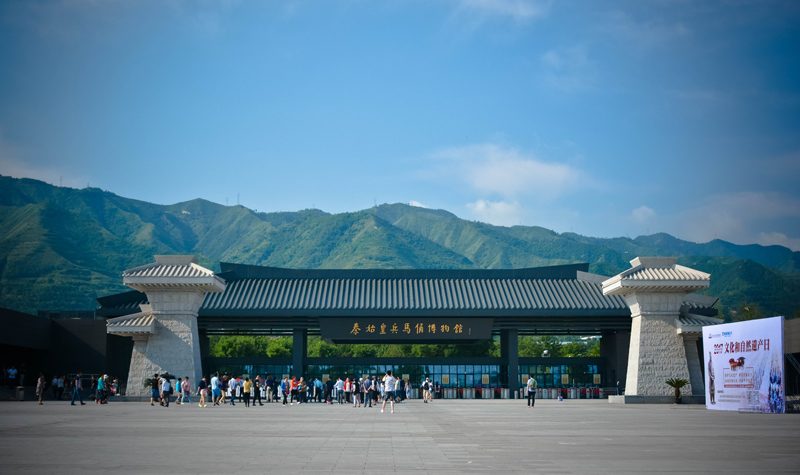Welcome to the Museum of the Terracotta Warriors and Horses of the Mausoleum of the First Qin Emperor, a breathtaking historical treasure located in the Lintong District of Xi’an City, Shaanxi Province, China, adjacent to the North Qinling Road. The centerpiece of this museum, the Terracotta Army, is actually the burial portion of Qin Shi Huang’s mausoleum, the construction of which began in 246 B.C.E., when the young Emperor Qin Shi Huang, who had just recently ascended to the throne at the age of only 13, devoted the entire country’s efforts to the magnificent project, which took some 720,000 people and 39 years of hard labor. The existence of the Terracotta Army signifies that Emperor Qin Shi Huang wished to have an unrivaled army to guard him even after his death.
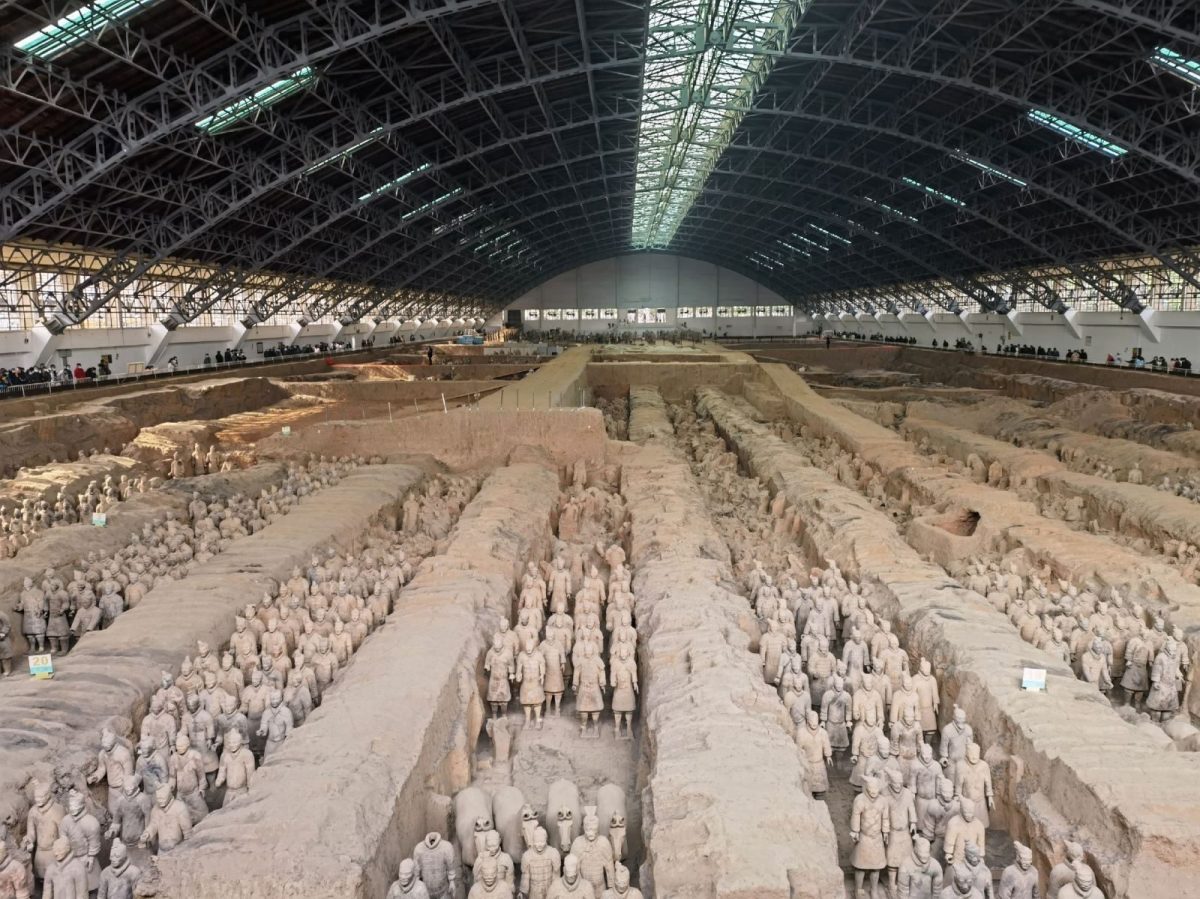
Time passed until March 1974, when some villagers in Lintong County, Shaanxi Province accidentally dug up many broken pottery figures while drilling a well. Archaeologists arrived on the news and after careful exploration, confirmed that the ceramic statues came from the Terracotta Army pits of the Qin Dynasty. This discovery shocked the world, and subsequently in 1975, the Chinese government decided to build a museum on the same site to protect and display these precious relics. The museum was officially opened to the public on October 1, 1979, and quickly earned the reputation of being the “Eighth Wonder of the World” and a major discovery in the field of archaeology in the 20th century.
The Museum of Terracotta Warriors and Horses is not only a pioneering member of the national AAAAA-level tourist attractions and national-level museums, but also a valuable physical data base for the study of the history, politics, military, culture and art of the Qin Dynasty.
Stepping into the museum, you will find that its layout skillfully echoes the geographic location of the Mausoleum of Qin Shi Huang and the Terracotta Warriors and Horses Pit. Visitors can visit the Terracotta Warriors Pit No. 1, No. 2 and No. 3 in turn, as well as the specialized cultural relics exhibition hall.
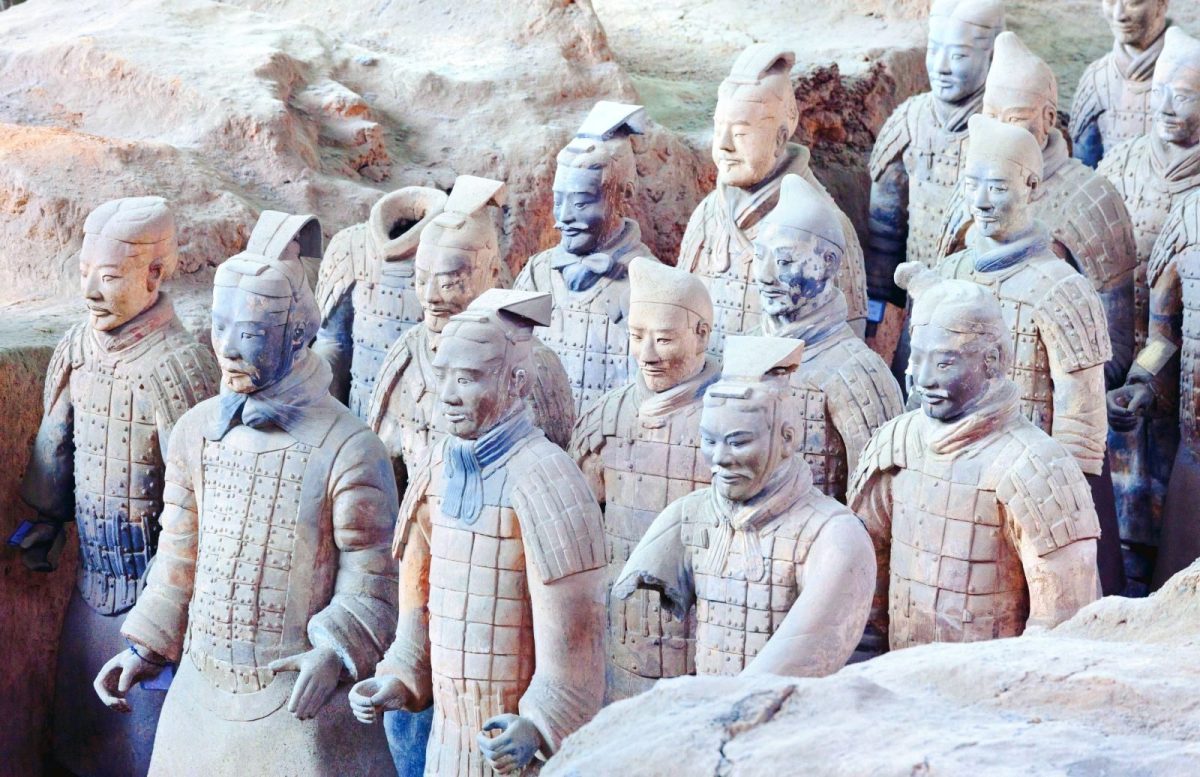
The first pit that catches the eye is Terracotta Warrior Pit No. 1, which was the first to be excavated. This huge pit is about 230 meters long from east to west and 62 meters wide from north to south. It is estimated that about six thousand terracotta figurines and horses, plus countless bronze weapons, are buried in Pit One. Here you can witness rows and rows of terracotta soldiers standing majestically in a variety of shapes, and it is said that there are more than thirty styles of beards alone. Each terracotta figurine is lifelike, from the details of the armor to the facial expressions, to the weapons and palm prints in the hands, all of them show the exquisite skills of ancient craftsmen.
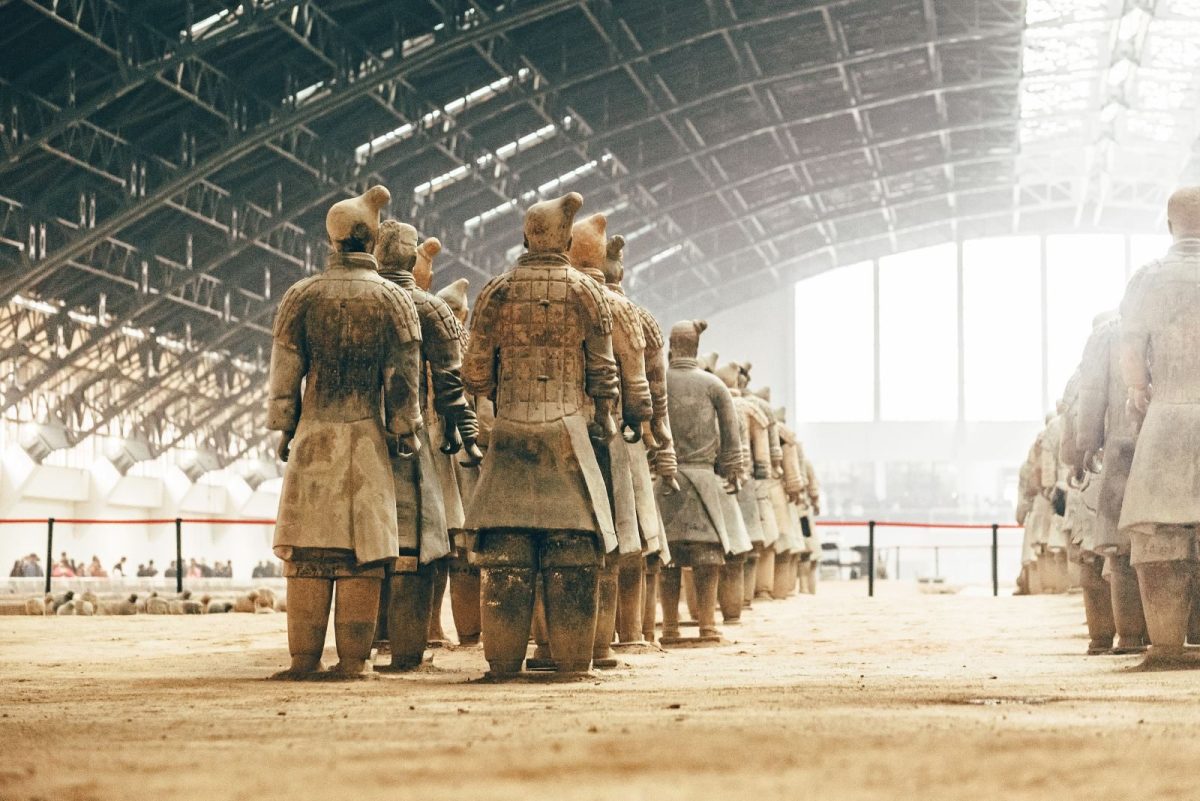
Immediately adjacent to Pit 1 are Pits 2 and 3, which also contain close to 2,000 life-size terracotta figurines and horses, representing different types of troops such as charioteers, cavalry, and infantry, arranged in a well-organized manner. While the scale may be a little less impressive than Pit 1, each pit has its own unique army configuration and strategic significance, and is definitely worth savoring.
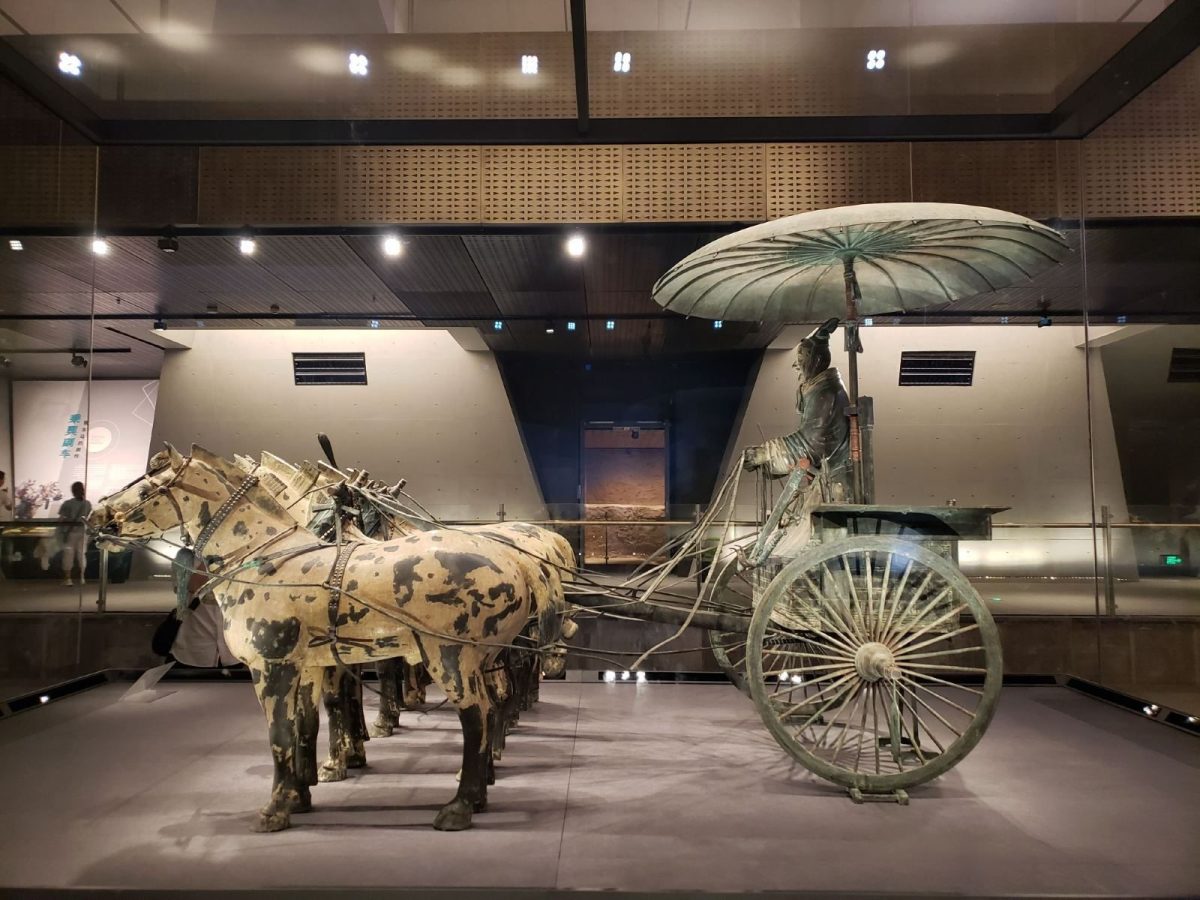
The Terracotta Army were inspired by real life, and each terracotta warrior’s costume and expression are distinctive, reflecting the true face of the Qin Dynasty and the characteristics of the era. The bronze weapons unearthed along with the terracotta warriors, including swords, spears, gorges, halberds, etc., still maintain their sharp edges even after more than 2,000 years, proving that China had already possessed superior metallurgical technology at that time.
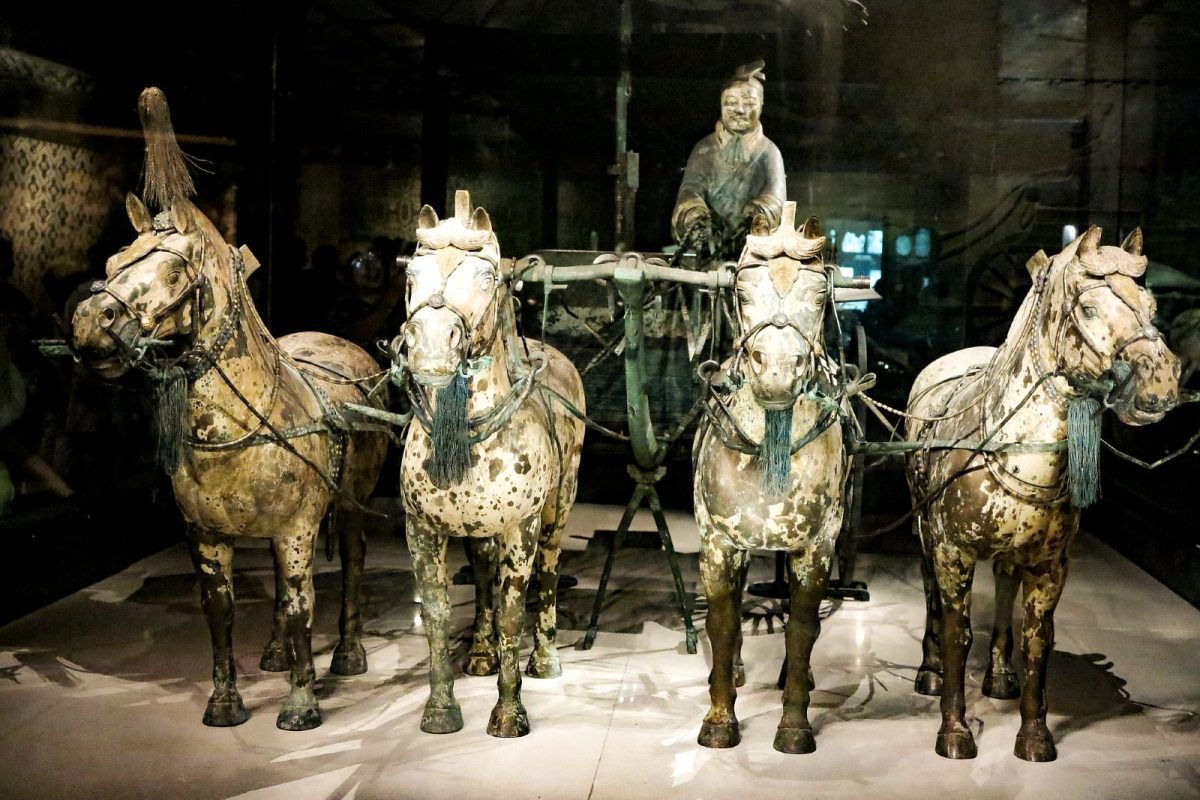
The Terracotta Warriors are not only a priceless treasure for the study of the history and culture of the Qin Dynasty, but by analyzing their costumes, hairstyles and weapons, we can get a glimpse of the dress culture and the level of military equipment of the Qin Dynasty. In the field of art, the Terracotta Warriors are also a great achievement, they are the pinnacle of ancient Chinese sculpture art, with different forms, vividly demonstrating the extraordinary creativity and expressive power of the Qin Dynasty craftsmen. When the terracotta warriors were first unearthed, they still retained their rich colors, and although most of the colors have faded with time, the charm of the Qin Dynasty’s painting art can still be vaguely felt.
All in all, the Terracotta Warriors and Horses Museum of Qin Shi Huang Mausoleum is a comprehensive museum that combines history, culture and art, and it is an important window to explore the ancient civilization of China. Here, you will experience an unforgettable cultural journey, as if you have traveled through time and space and witnessed the glorious history firsthand.
